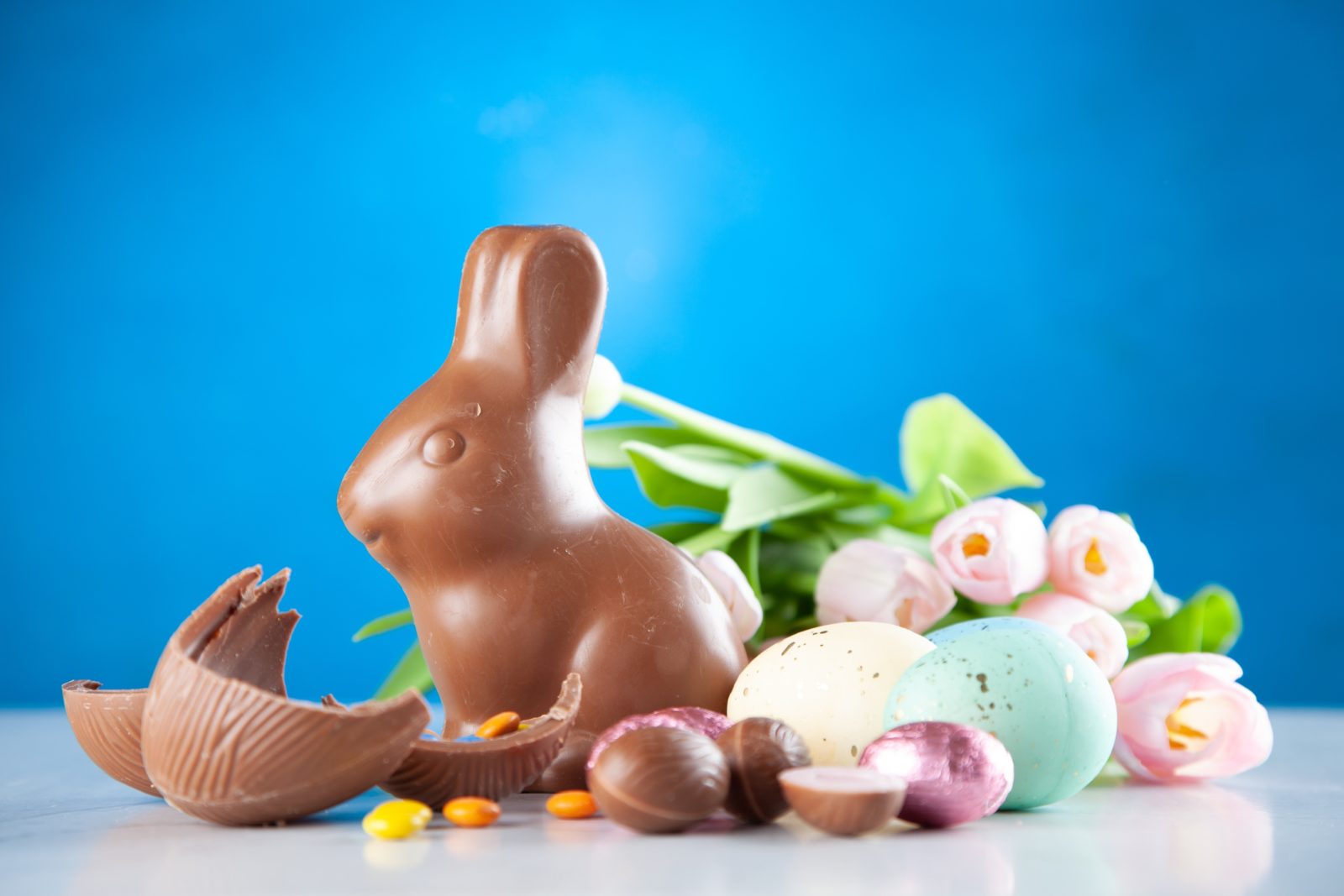A “false bunny” is in Germany commonly understood as the dish meatloaf. For the well-known chocolate manufacturer Lindt & Sprüngli, the term “false bunny” may evoke quite different associations. Lindt & Sprüngli is the manufacturer of the well-known golden chocolate bunny, which is sold millions of times worldwide during the Easter season, wrapped in golden foil with a red ribbon and a small bell around its neck. No wonder that such success arouses the desires of competitors. Accordingly, there have often been attempts to cut a slice of the cake of success with similar imitated golden bunnies hopping across the checkout aisles. Nor is it surprising that Lindt & Sprüngli has always tried to defend itself in court against such imitations. What could be better than a monopoly on the chocolate version of the Easter Bunny? Even though most imitations of the golden bunny have not enjoyed lasting success in the favor of consumers, Lindt’s attempts to assert itself against imitations in court have not always been marked by victories. On the contrary.
In particular, the approach of the Swiss chocolate manufacturer to protect the mere design of its golden bunny as a so-called three-dimensional trademark and to take action against imitators in various countries based on this trademark ultimately failed in 2012 due to the opposition of the highest European court, the ECJ. The judges in Luxembourg, like the previous instances, were unwilling to grant Lindt & Sprüngli any unique rights to the mere design of a sitting bunny in golden foil and red pleated ribbon, since such a product design, according to the judges, could not be registered as a trademark for lack of distinctiveness. This could have been seen differently; in the time that followed, it became difficult for Lindt to defend itself against imitations, depending of course on how clever the competition was.
In the meantime, Lindt & Sprüngli itself was even the target of an injunction when it dared to diversify into the animal kingdom and put a bear wrapped in gold foil on the store shelves. Haribo, the manufacturer of the Goldbears, was not overly excited about it and filed a lawsuit. Ultimately, however, the gummy bear failed on its course through the instances before the Federal Court of Justice (BGH) and had to give its chocolate counterparts their due place in the confectionery range of supermarkets. The judges found that there was no danger of confusion between the bears.
But back to the golden bunny. Its unique position was recently attacked by a small manufacturer from the Allgäu region, Confiserie Heilemann, which also marketed a chocolate bunny in gold-colored packaging. Lindt & Sprüngli then sued for injunctive relief before the Munich Regional Court and won. The judges on the Isar river granted the Swiss the protection they had hoped for in the form of a use mark, i.e. not a trademark entered in the register, but on the basis of a sign, in this case the color “gold”, which has achieved “market recognition” among consumers through intensive use, which according to the law requires a very high degree of awareness. In addition to sales figures and extensive evidence of previous sales of the “Lindt Gold Bunny”, the Regional Court relied on a traffic report submitted by Lindt. This showed that around 76 percent of the total population associate the Gold Bunny with a particular company and that 72 percent even correctly name this particular company, namely Lindt.

The defendant confectionery, however, appealed. And won. The competent senate of the Munich Higher Regional Court (OLG) was bothered by the fact that Lindt had only used the gold color for the sitting bunny, and not as a kind of “house color” of the company for various products in the same goods or services area, such as Nivea Blue, Telekom Magenta or Milka Lilac. However, according to the OLG judges, Lindt can only claim color trademark protection if customers recognize in the “Lindt gold tone” a reference to the origin of the Zurich chocolate factory also for those chocolate bunnies wrapped in gold foil which differ from the Lindt gold bunny due to their other design features. However, according to the OLG Munich, the public would not associate such chocolate bunnies with Lindt, but with other companies, since the “Lindt Gold Bunny” is particularly well known.
This reasoning is not really convincing, because the OLG Munich ultimately even turns Lindt’s success with the Gold Bunny into a trick. Basically, consumers are more likely to recognize the differences between imitation products and the originals in the case of very well-known products. However, if this line of reasoning is pursued consistently, almost all imitations of a well-known product can be legitimized in this way, and at some point, in view of the dilution associated with numerous imitations, the hard-won lead will be over. Consequently, this view would also mean that the better known a product is, the easier it is to imitate it.
This is probably one of the reasons why Lindt & Sprüngli appealed the decision of the Munich Higher Regional Court to the Federal Court of Justice (BGH). And the judges in Karlsruhe did not quite want to follow the argumentation of the court of appeal. The final decision of the BGH is not yet available. In the oral proceedings at the end of May, however, Germany’s highest decision-makers on trademark disputes already indicated that almost 80 percent market recognition is a weighty argument in favor of Lindt & Sprüngli.
This means that it has not yet been decided whether there is a likelihood of confusion between the two products on the basis of the similarities. From a purely argumentative point of view, however, Lindt’s persistence has already paid off – also for possible proceedings against other imitators. It remains to be seen whether it will be possible to finally defeat Heilemann’s allegedly false bunny. The BGH will announce its decision at the end of July. And we will of course report back.
